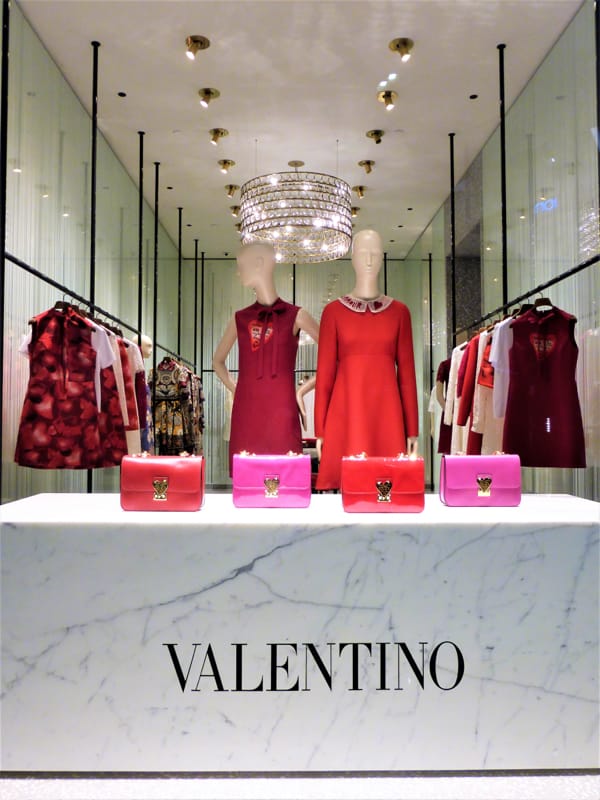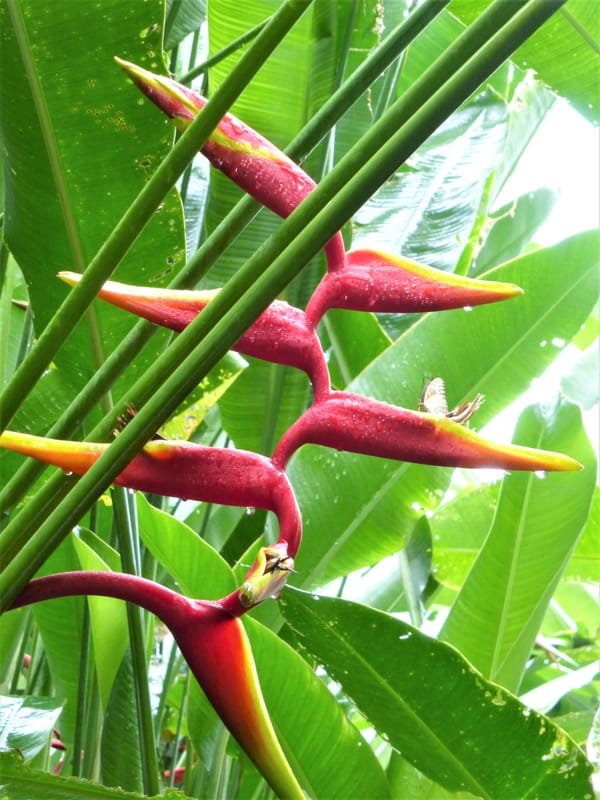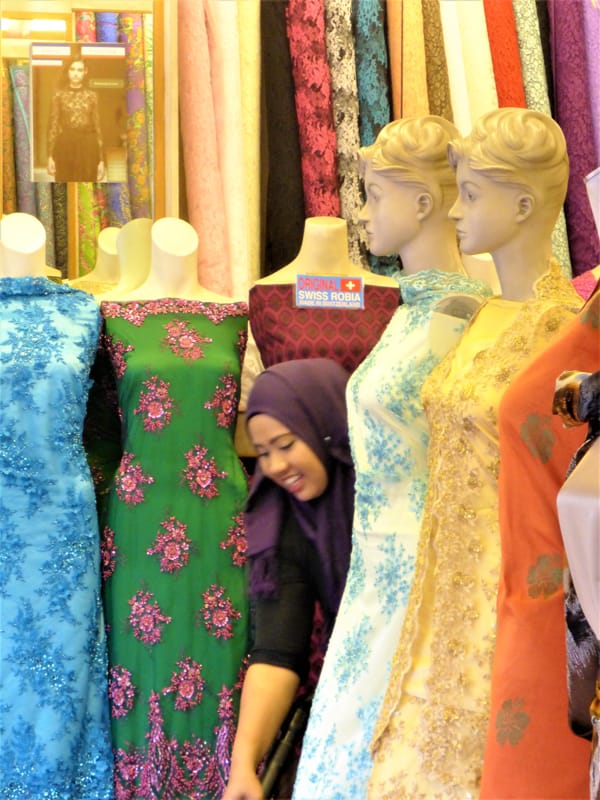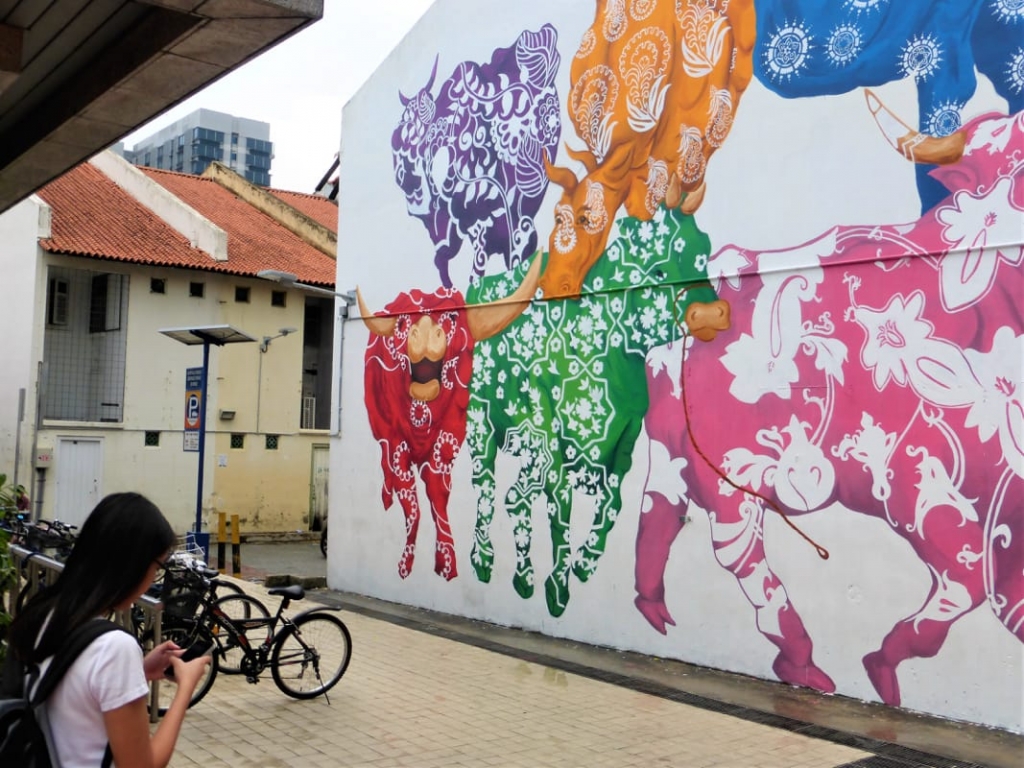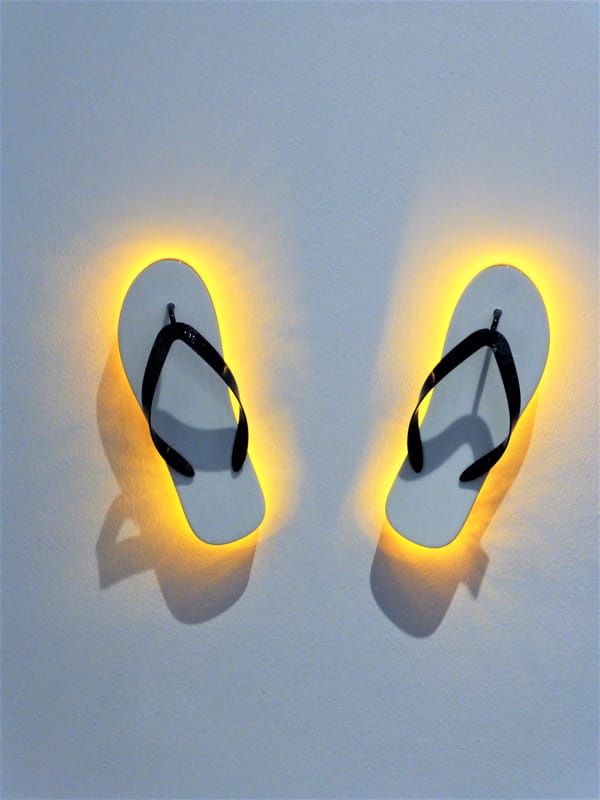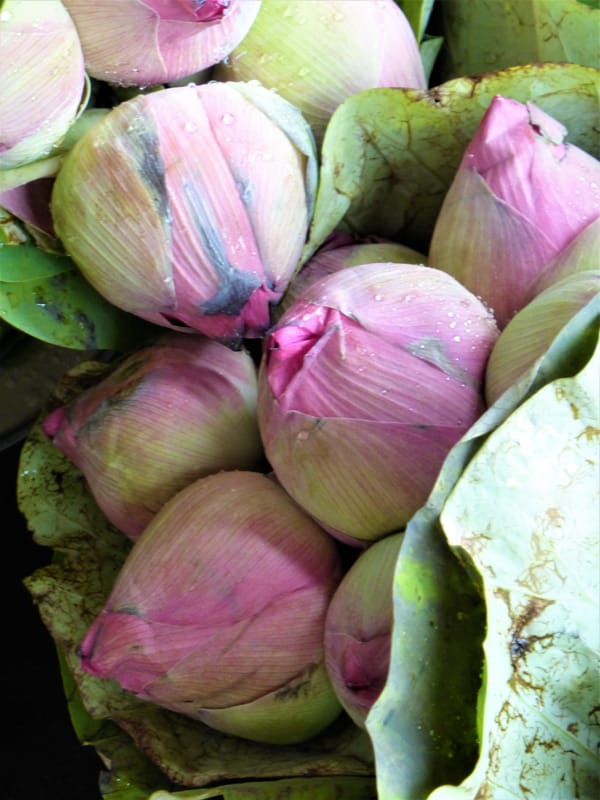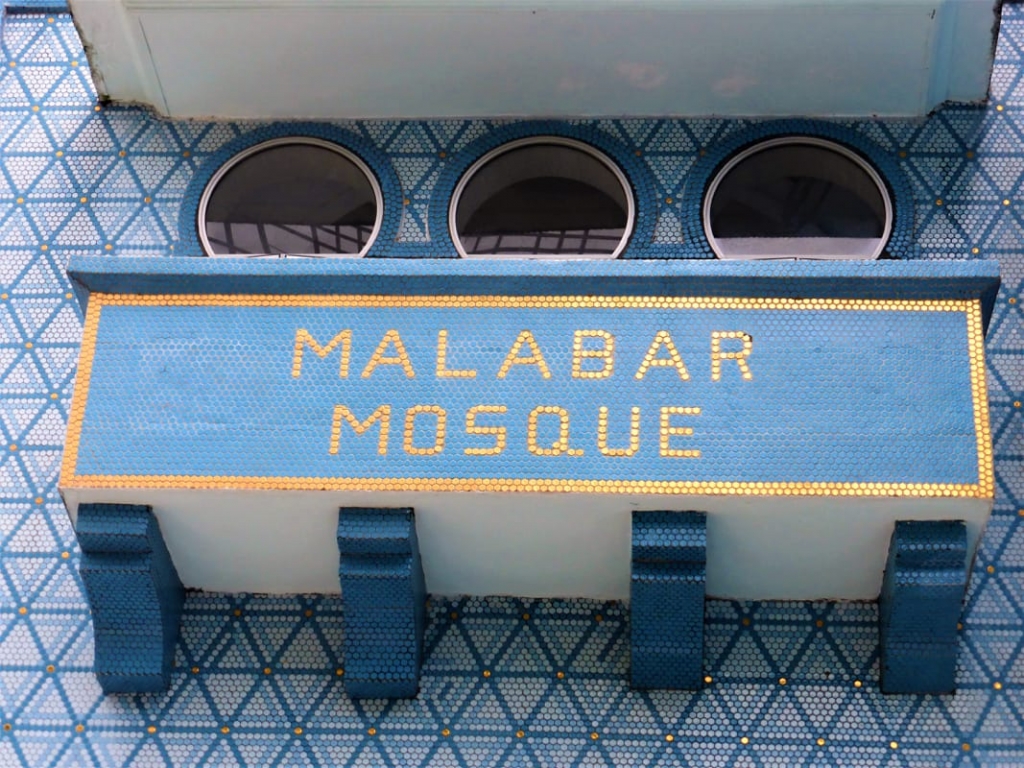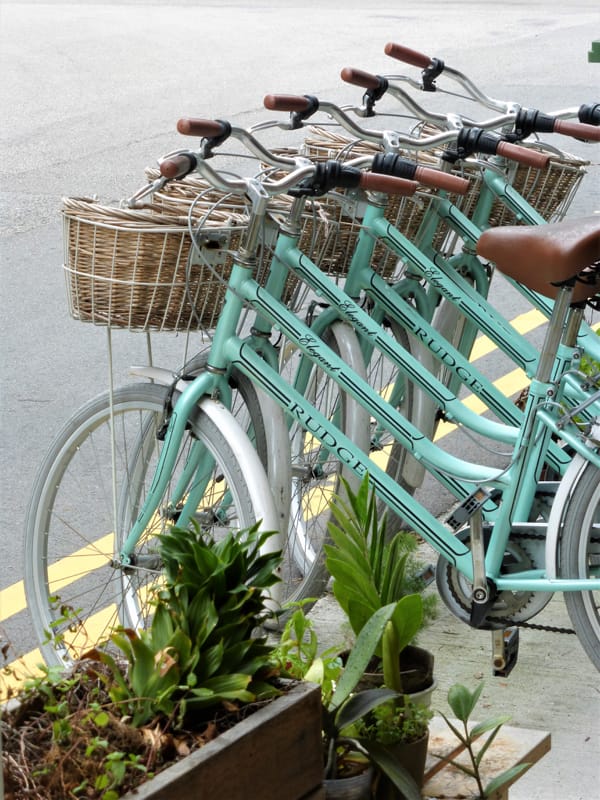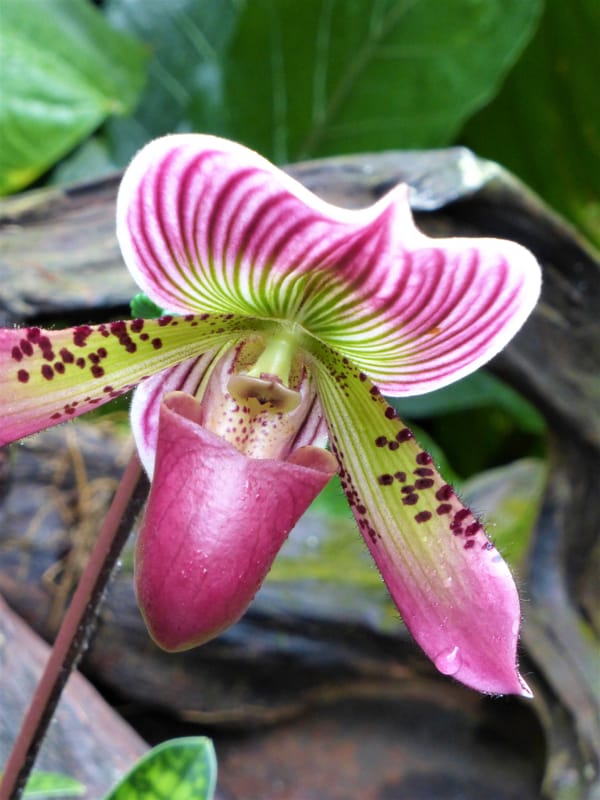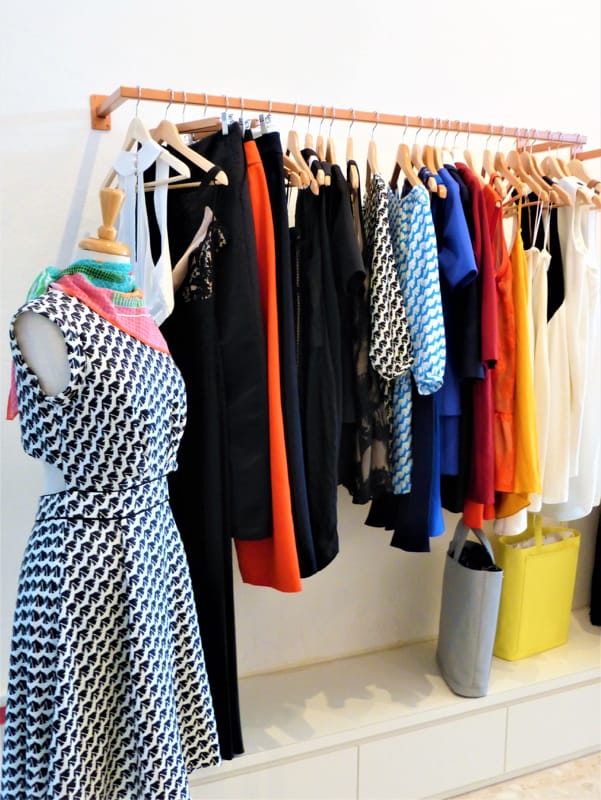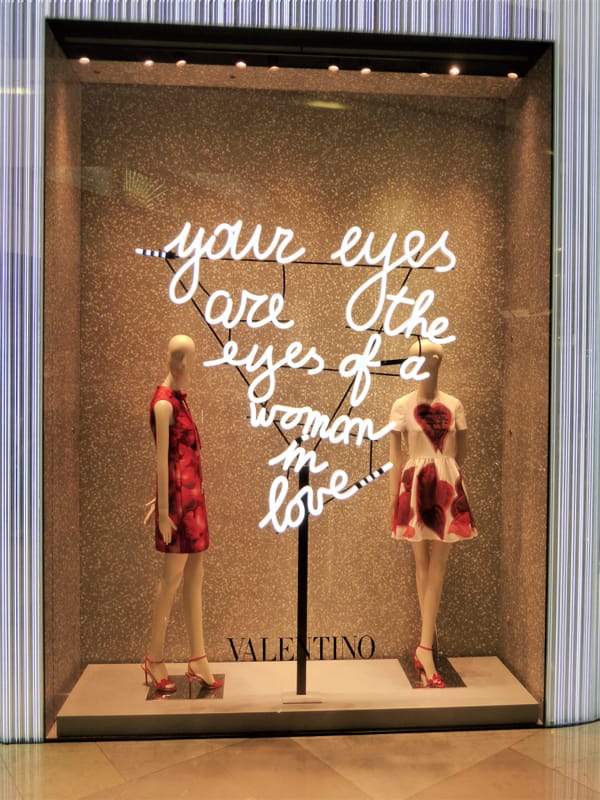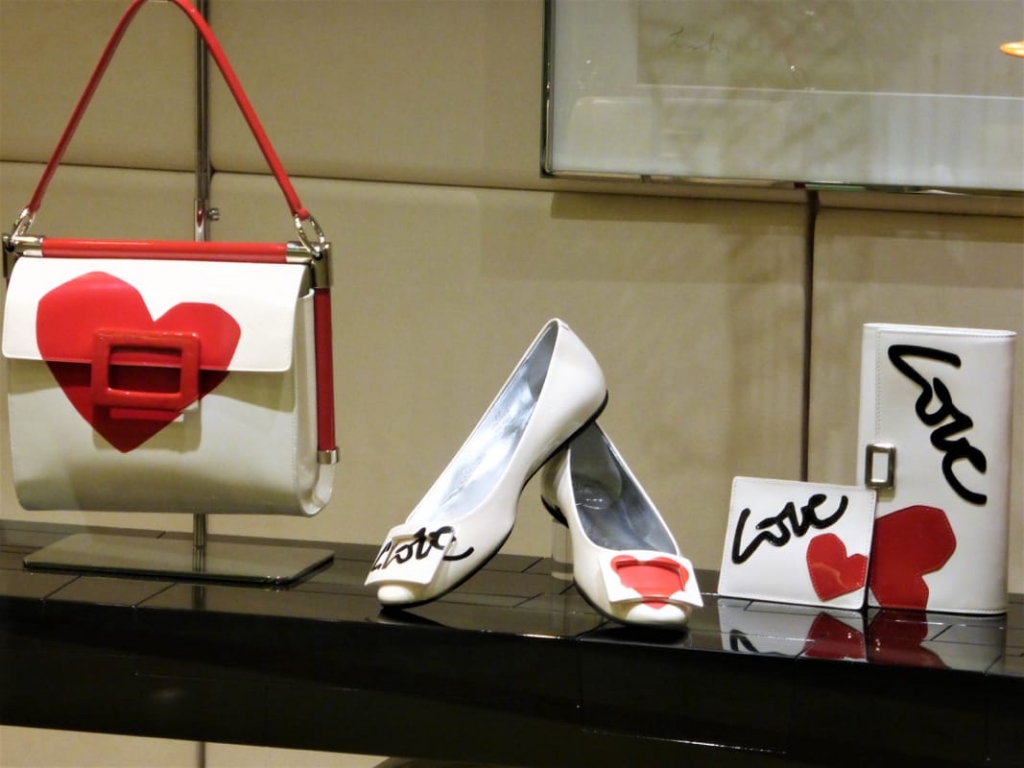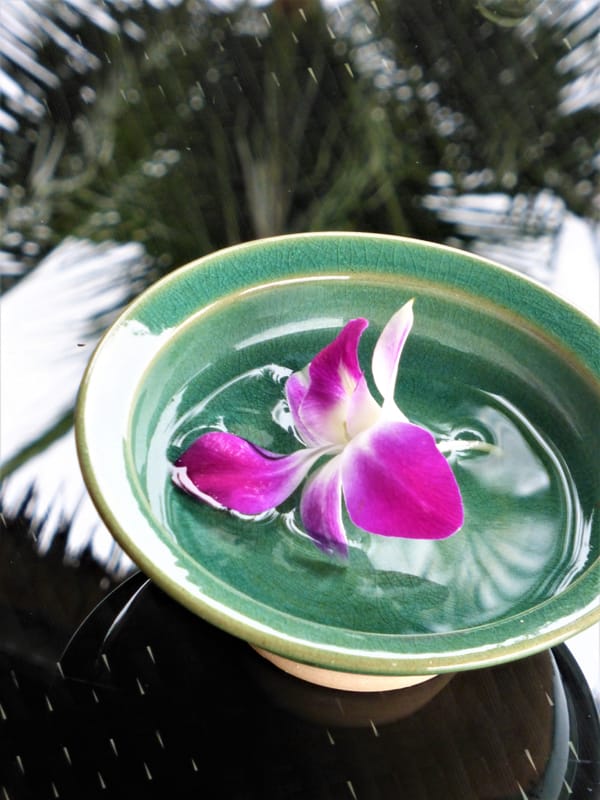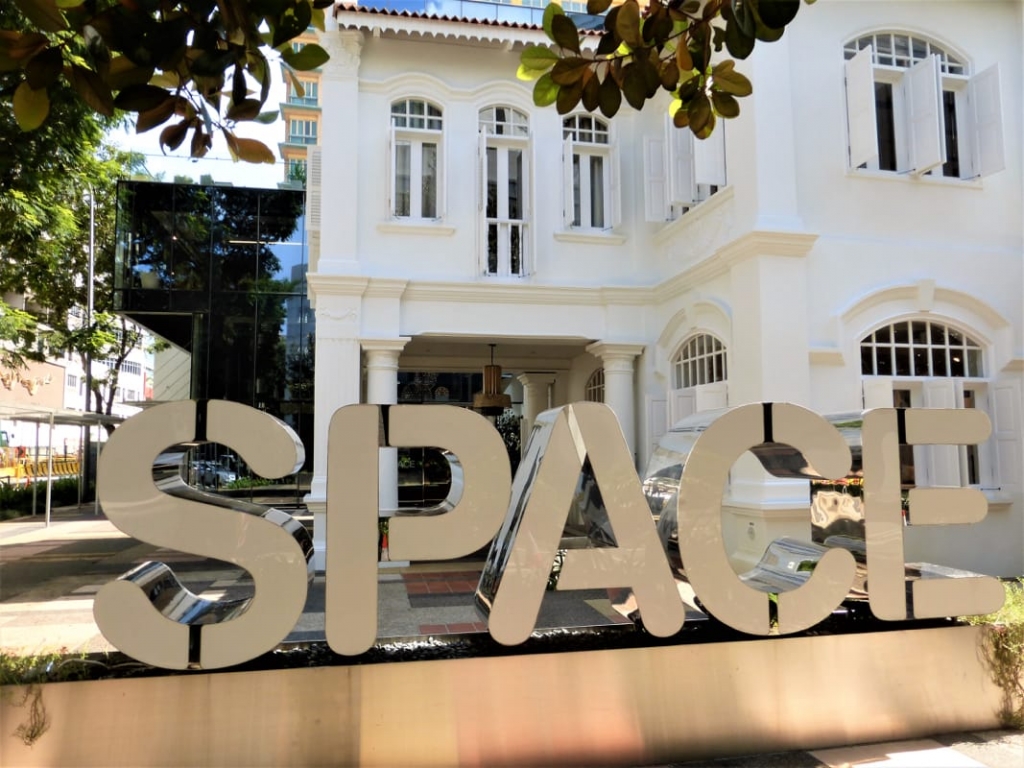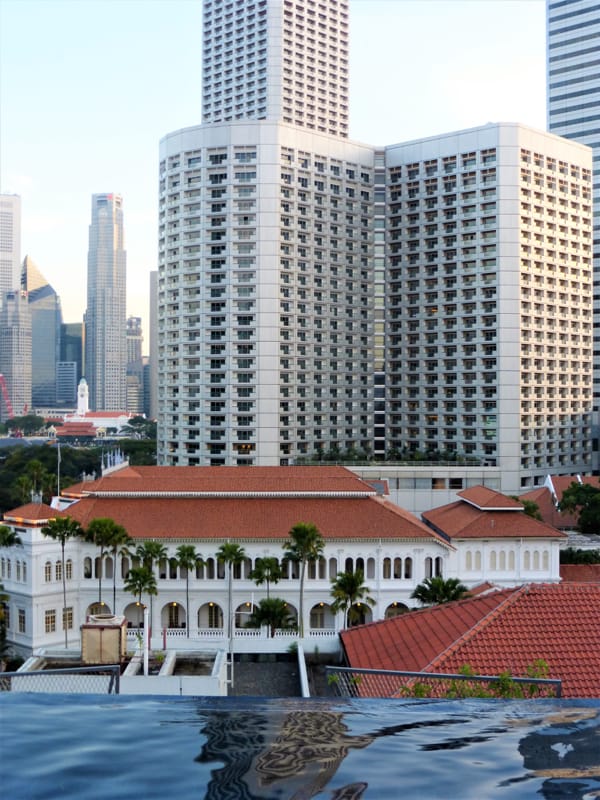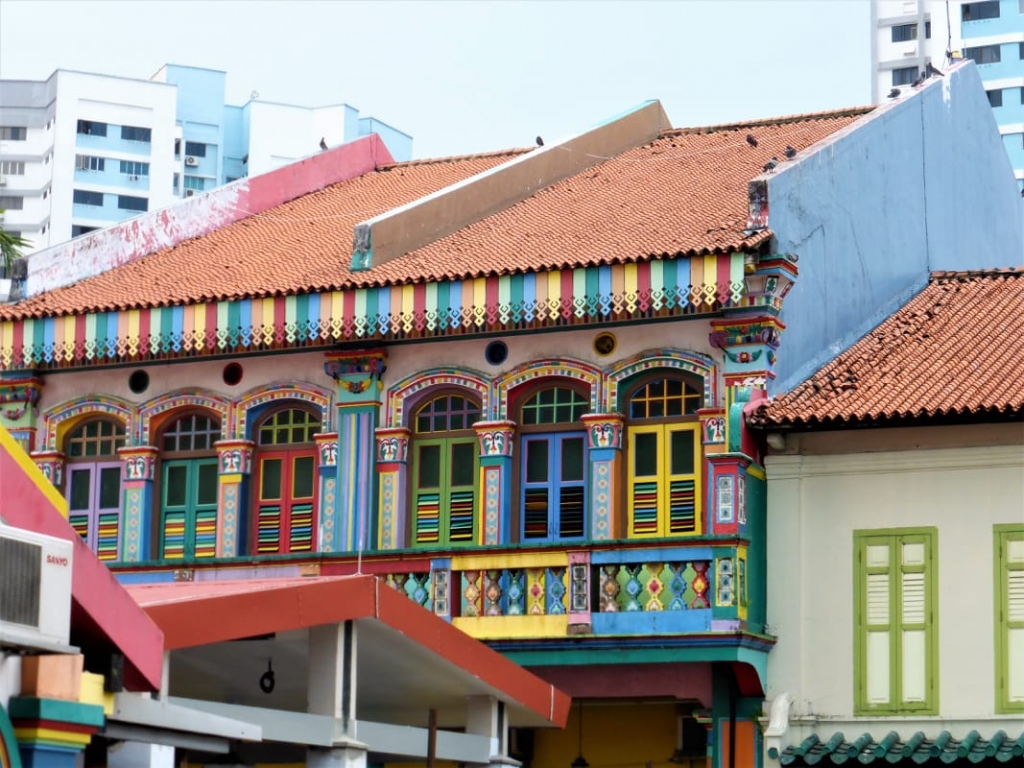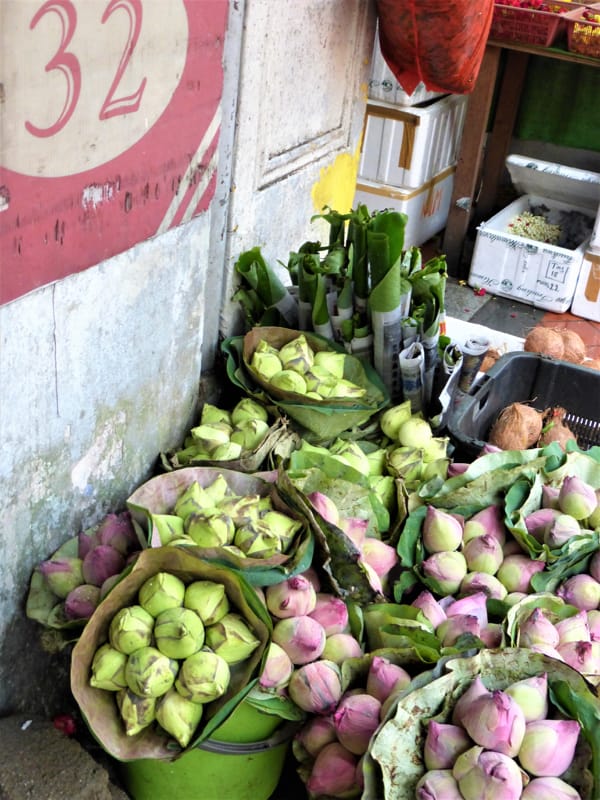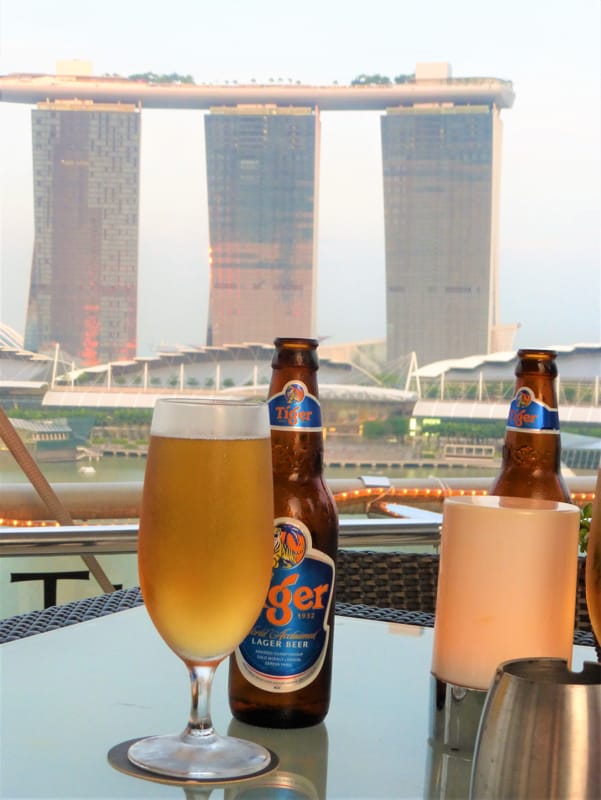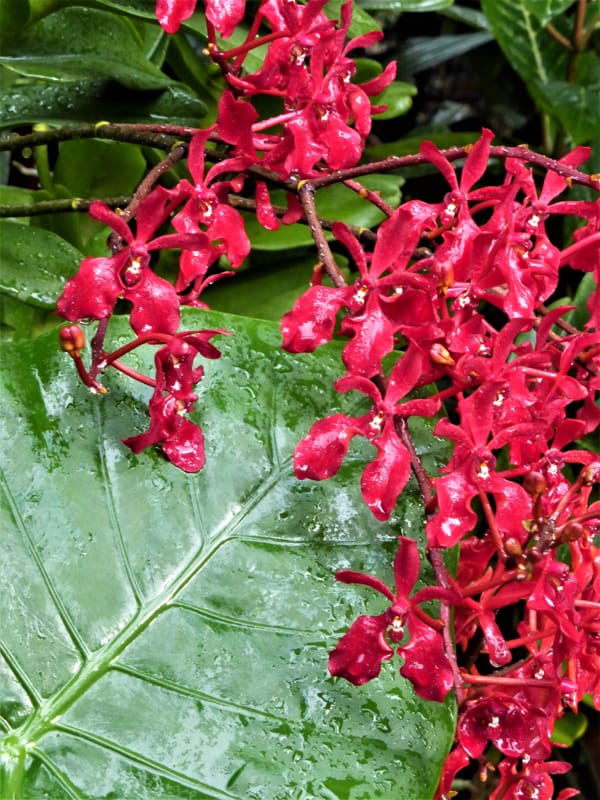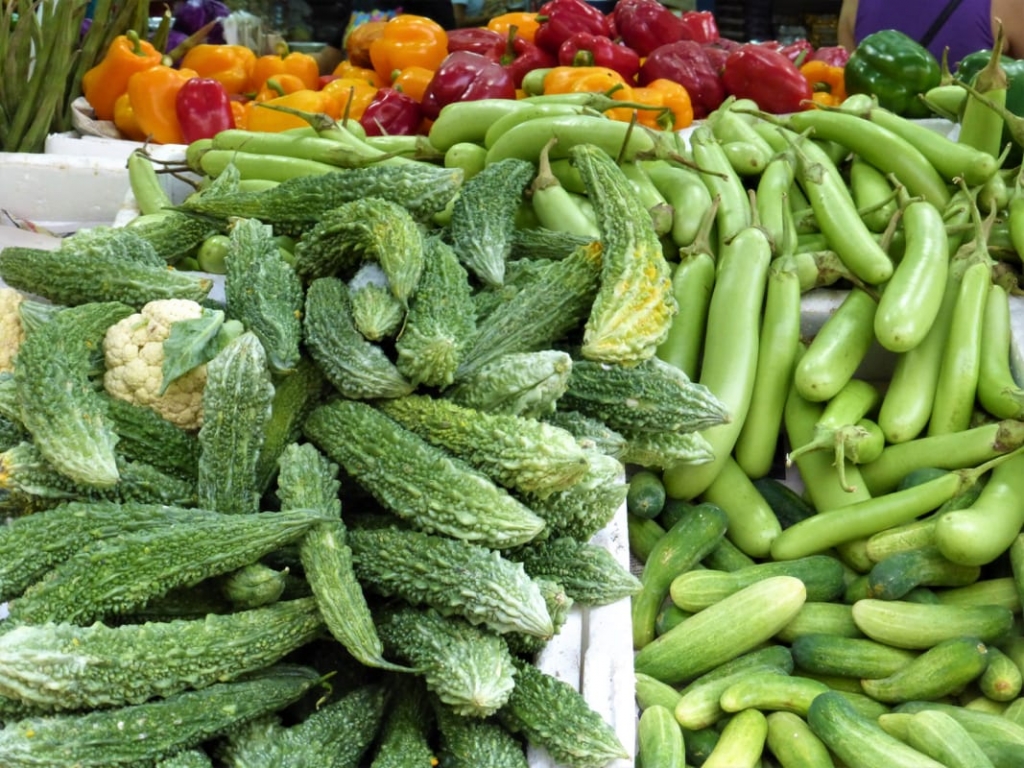Surrounded by skyscrapers, mega malls and CCTV, Singapore is revelling in over 50 years of highly productive independence
Words and photographs Tess Paterson
‘You only need one of these,’ says our Chinese taxi driver, pulling at the collar of his shirt. ‘One shirt, no jersey – all year round!’ Beyond the air-conditioned capsule of the Lexus it’s an eye-popping 34 degrees, with humidity hovering at around 90%. It reminds me of Durban in February, but with the volume turned way way up. On the equator’s cusp, covered in extraordinarily lush vegetation and riddled with skyscrapers, there’s something distinctly schizophrenic about this island state.
One minute you’re in the serene lobby of the Shangri-La, having spent a night beneath a duck-down duvet fending off the blast-chiller air-con. Seconds later you’re in a twilight zone of stifling clamminess, Raybans all fogged up and your camera lens stubbornly refusing to focus. ‘Singapore one temperature,’ beams the cabbie, ‘hot and hot!’
What this sovereign state lacks in space it makes up for in its stunning verticality – a sort of NYC on steroids minus the winter and the hooting
2015 was a significant year for the Lion City, its Golden Jubilee marking 50 years since it broke ties with Malaysia. In 1965, though, this was seen more as a crisis than a celebration. With no natural resources and an immigrant population without a shared national identity, the pint-sized state faced a host of challenges. We know now that it took just one generation to progress from an emerging nation to the first-world wunderkind of Southeast Asia. Today, what this sovereign state lacks in space it makes up for in its stunning verticality – a sort of NYC on steroids, minus the winter and the hooting. It’s a skyline that represents banking and shopping and petrochemical profits. But behind all the flash it’s an established meritocracy, with high levels of service, religious tolerance and some of the best food on the planet.
Moshe Safdie’s bold design for the ArtScience museum resembles a lotus-shaped space ship about to take off
The skyline is what you notice first, and its varied architecture is an intriguing part of Singapore’s dichotomy. Amid flashes of older, more human-scale areas like Chinatown or Kampong Glam, the buildings of the past decade have given the city a completely new identity. Moshe Safdie’s Marina Bay Sands is a gravity-defying mixed-use marvel which at first glance looks as though a submarine landed on the Joburg Gen. A stone’s throw away, his bold design for the ArtScience museum resembles a lotus-shaped space ship about to take off.
In a dramatic declaration of green cred, the Supertrees at Gardens by the Bay bring to mind a futuristic fairground attraction. Soaring up to 50m high, the metal structures are cocooned in vegetation, functioning as rain water harvesters and solar power generators. Check out the twice-nightly self-powered light shows when the whole mad, wondrous forest comes alive.
Orchard Road is still the home of high-end luxury. Though resolutely anti-mall, I’ll admit to being a little taken by the Takashimaya centre
Singapore is a city that works. Underground, untainted by graffiti, their MRT system is a hub of exacting Swiss-like efficiency. Each station connects to entire worlds of subterranean shopping – a seductive series of malls so awash with Vuitton, Vivier and Gucci that quite frankly it all becomes a bit of a blur. Above ground, it feels as though someone lined up ten Sandton Cities in a row and said ‘there you go, knock yourselves out.’ Orchard Road is still the home of high-end luxury, and though resolutely anti-mall, I’ll admit to being a little taken by the Takashimaya centre. Less ostentatious, it whispers in the way of serious wealth. For the avidly acquisitive, the Shoppes at Marina Bay Sands boast the city’s largest collection of luxury jewellery and watches under one roof.
Eating, of course, is one of the chief reasons we’re here. ‘Three words,’ said an air-hostess friend who knows Singapore intimately, ‘Satays, peanut sauce.’ These prove to be outrageously delicious, especially with an icy Tiger beer. But then so does the Japanese rice flour porridge that I stumble across one breakfast time. Silky as a crème caramel, this cool white bit of heaven is topped with a palm sugar reduction. In truth though, breakfast could also be miso soup, kaya toast or noodles. Or waffles, or Nasi Goreng. The multi-cultural mix which includes Malay, Indian and Chinese has created an extraordinary food culture.
If costly high-end dining’s your thing, you could try the eight course dégustation menu at Jaan – the city’s top spot for contemporary cuisine. At the other end of the scale, for around R50 a plate, there’s superb food to be found at the indoor markets. Lau Pa Sat becomes our favourite haunt, mostly for the braised beef-ball noodles, but also for the finest naan this side of Durban. And somewhere in between, there are countless small, personal eateries with fabulous food and service. Tess Bar & Kitchen was a happy find on Seah Street – with beautiful tapas and friendly neighbours who happily and inexplicably shared their Japanese whisky with us. When I told the maître d’ my name (so I could legitimately nick a few coasters) a delicious cocktail promptly arrived out of the blue.
Feeling just a little gangsta, we watch the late light turning peachy over the esplanade
Visiting a roof-top bar is a must, not only to see the entire city unfold as you catch a rare wafting breeze, but to people-watch among the cool set. A frosty Tsingtao at The Lighthouse bar atop The Fullerton Bay Hotel is a good start. Feeling just a little gangsta, as though we hang here often sipping R200 beers, we watch the late light turning peachy over the esplanade.
Later, strolling through a city of 5.5 million inhabitants, it’s as though we’re in a play-land – a gleaming high-end metropolis where harsh realities like mugging and dereliction simply don’t exist. With zero-tolerance policies on littering and crime – fines for littering range from around S$300 to a session of street-sweeping around Orchard Road – it’s uber-clean and safe. But on the other side of the orderly coin, there’s an unshakeable sense of being watched. ‘Singaporeans have no privacy,’ one taxi driver said in exasperation, ‘CCTV is everywhere!’ And that’s the contradiction – Big Brother is the necessary payoff for living without crime.
Tiong Bahru is a bit like Umhlanga Rocks in the 70s – low-rise, tropical and safe
Skyscrapers aside, Singapore is a heady culture clash, from the vibrant bustle and colour of Little India, to the 1930s housing estate of Tiong Bahru. The latter has become quite sought-after – a hip mix of conservation shop-houses, government flats and condos. It’s a bit like Umhlanga Rocks in the 70s – low-rise, tropical and safe. Turns out it’s got some great indie shops, including the sublime Books Actually with an impressively eclectic range and resident cat.
On the last day I head to the Botanic Gardens, my favourite haunt of all. It’s almost impossible to convey – a green, humid wonder filled with the most beautiful towering trees. I would go back just to stare at the orchids. Here’s to the tropics, and to the next 50 years.
This story was originally published in House & Leisure Magazine.
Tess Paterson - Travel Writing - When the lion roars

